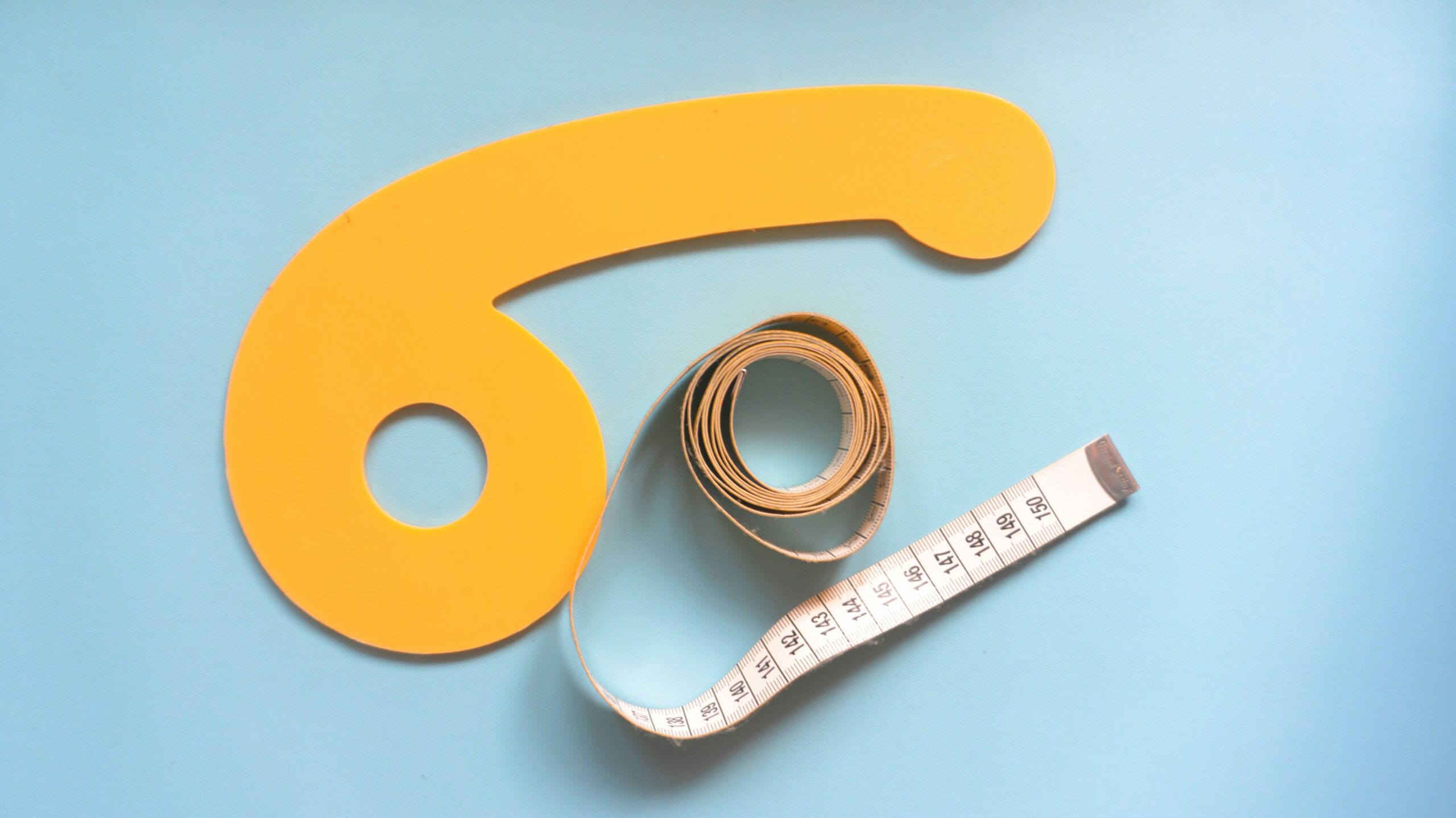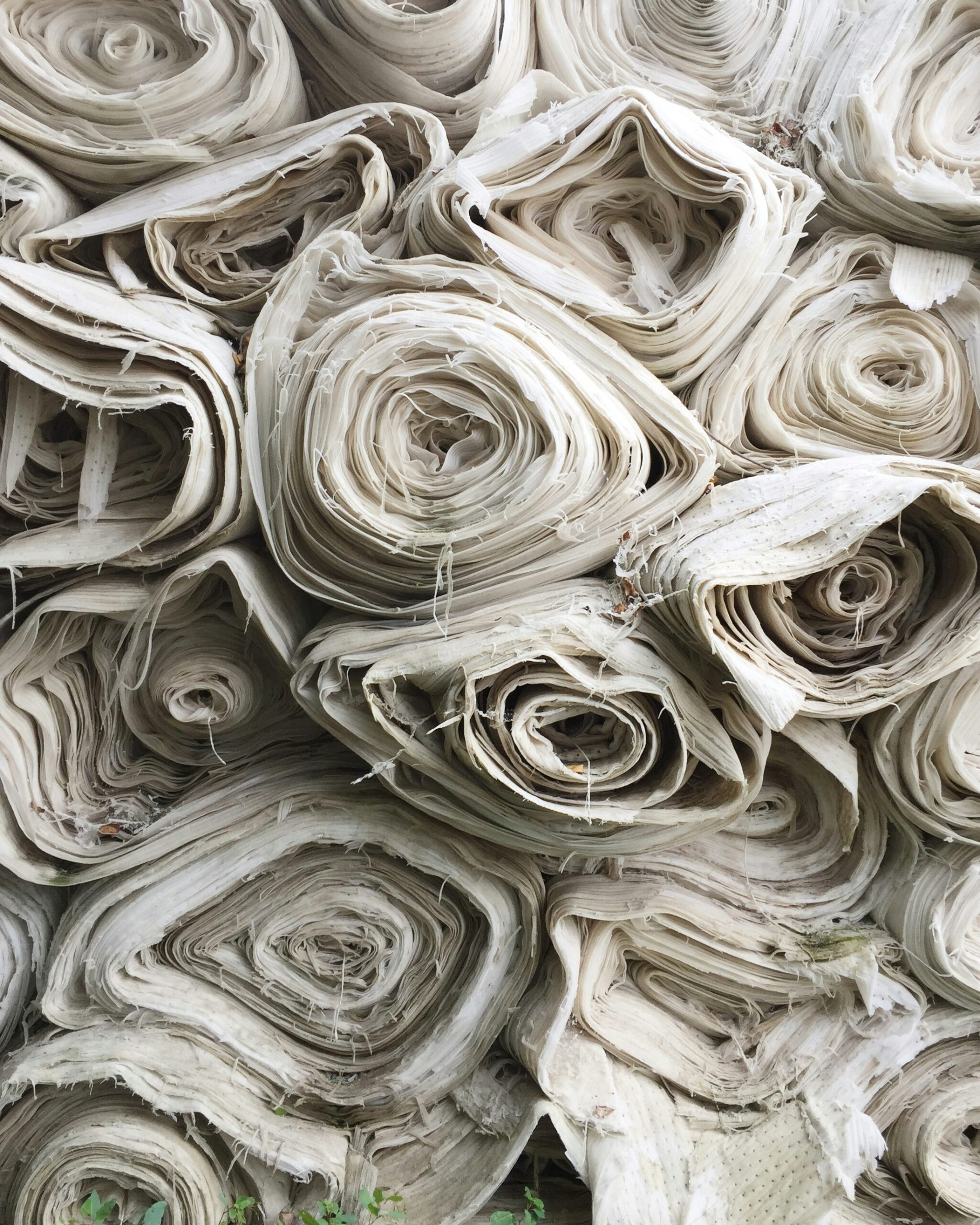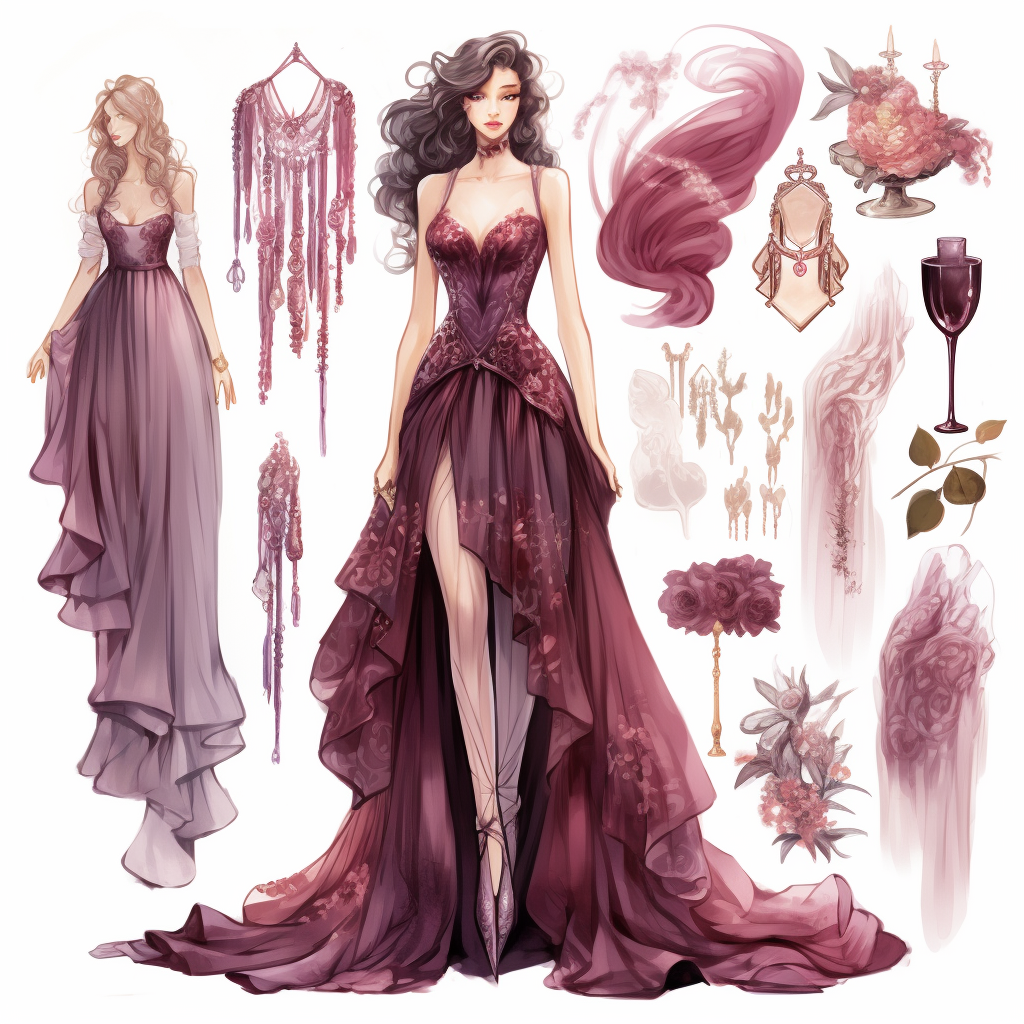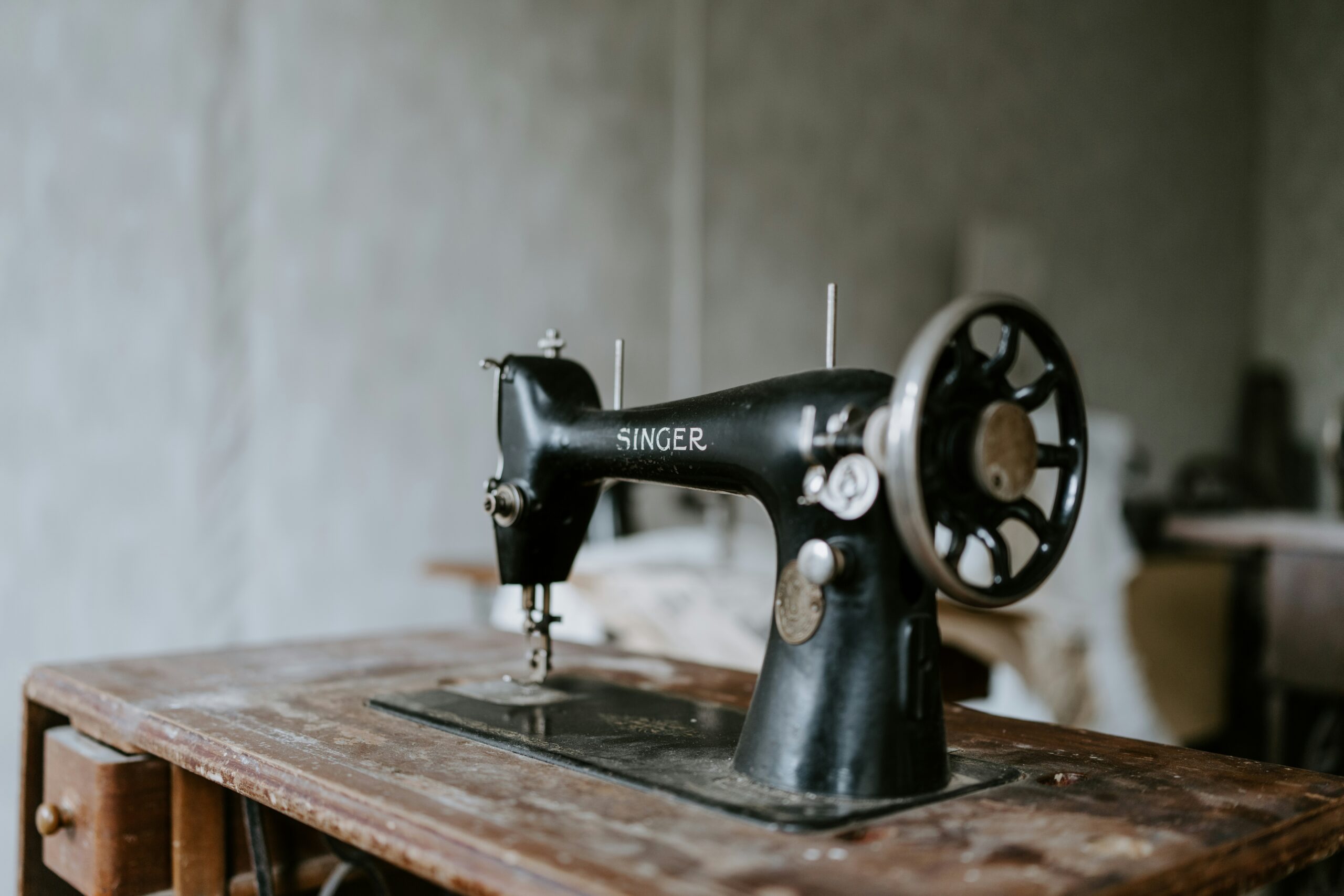10 Tips to Define Your Personal Style
The Importance of Personal Style
Personal style plays an essential role in expressing an individual’s identity. It goes beyond clothing and extends to how we present ourselves to the world. Every element of our style reflects who we are, from the choice of colors and textures to the accessories we wear. Through these choices, we convey subtle messages about our personality, values, and aspirations.
A significant aspect of personal style is its impact on self-confidence. People who can embrace and own their style tend to feel more comfortable in their own skin. This confidence is evident in their attitude and behavior, allowing them to interact with others in a more open and authentic way. Additionally, choosing a style that represents us contributes to the development of a positive self-image, directly influencing how we perceive ourselves and how others perceive us.
In social and professional contexts, personal style becomes even more relevant. One way to assert our presence in society is through how we dress and present ourselves. This can influence how colleagues, superiors, or acquaintances perceive us, impacting the opportunities we encounter. In professional environments, a well-defined image that reflects personal style can enhance credibility and contribute to building successful relationships.
In conclusion, defining a personal style is not just a matter of fashion; it is a profound form of self-expression that affects nearly every aspect of our lives. Therefore, investing time and effort in developing your personal style can bring remarkable benefits both personally and professionally.

Understanding Your Personality
In the process of defining your personal style, it is essential to know yourself. Self-reflection is a crucial step that helps you identify your unique characteristics, preferences, and lifestyle choices that define you. Start by analyzing your personality traits. Are you an extroverted or introverted person? Do you prefer the comfort of a familiar environment or are you open to adventures and new experiences? Understanding these aspects can provide a solid foundation for your personal style.
Another important element is discovering your preferences. What are your favorite colors? What types of fabrics bring you comfort? These aspects can significantly influence your clothing choices. Also, think about the people who inspire you. Their style may reflect your aspirations or parts of your personality you wish to highlight.
To help with this self-assessment, jot down your answers to the following questions: In what type of environment do I feel most comfortable? What activities make me happy? What are my core values? The answers to these questions can provide clarity about your identity and help define your personal style. It is important to understand that your style does not have to align with current trends; it should be a reflection of your true personality.
Therefore, take time for this introspective stage. A deep understanding of your personality will allow you to build an authentic personal style that truly represents you.
Draw Inspiration from Diverse Sources
Defining your personal style is a creative process that can greatly benefit from exploring various sources of inspiration. When seeking to shape a unique fashion identity, it is essential to examine a wide range of influences that resonate with your personality. Fashion magazines, for example, offer a current view of trends and styles, and reading them can help you identify elements that appeal to you. The pages of these magazines can inspire not only your clothing choices but also how you combine them.
In addition to magazines, online platforms like Pinterest and Instagram are valuable resources for inspiration. These platforms allow access to a virtual variety of styles, from minimalist and boho to streetwear and retro. Observing how influencers present their personal styles can contribute to forming a clear image of what you like. However, it is important to extract ideas that genuinely resonate with you and adapt them to your own preferences and values.
Movies and TV shows can also provide a unique source of inspiration. The clothing of your favorite characters can reflect not only the desired style but also a particular mood or era. By analyzing the wardrobe of these characters, you can discover elements that inspire your fashion choices. In conclusion, diversity in sources of inspiration allows you to create a personal style that truly represents you, combining ideas from different fields to reflect who you really are.
Establishing a Color Palette
Defining a personal style involves, among other things, choosing a color palette that represents your identity. Color plays an essential role in how you are perceived by others, influencing not only your personal image but also your mood. For example, warm tones like red or orange can convey energy and confidence, while cool tones like blue or green may suggest calmness and professionalism.
To establish a suitable color palette, it is important to consider not only your personal preferences but also your skin tone and the colors that complement you best. A general rule is that people with warm skin tones should opt for golden hues, while those with cool tones can choose silver or pearl colors. Experiment with different color combinations to identify what resonates with you and your desired style.
Another crucial aspect in choosing a color palette is coordination. Try to maintain a visual balance by using three to five colors that complement each other. This technique will not only enhance your wardrobe but also create a cohesive image. Additionally, think about the occasions when you wear these colors; certain shades may be more suitable for formal environments than for casual ones. Therefore, familiarize yourself with how color choices influence the character and message you want to convey, ensuring you feel comfortable and confident in your personal style.
Investing in Wardrobe Essentials
Investing in wardrobe essentials is a fundamental aspect of defining your personal style. These clothing items, such as classic jackets, high-quality jeans, and simple dresses, form the foundation of a versatile and refined wardrobe. By making smart choices with these pieces, you can create a solid base on which to build various outfits adaptable to different occasions.
Wardrobe essentials are not only timeless but also highly versatile. For example, a classic jacket can be paired with jeans for a casual look or with an elegant dress for a night out. This ability to easily transform an outfit largely depends on the quality and style of the chosen essentials. Jeans, in particular, are a strategic choice, as they can be integrated into numerous styles, from bohemian to chic or formal.
By investing in high-quality essentials, consumers benefit not only from durability but also from a sophisticated look that never goes out of style. It is essential to pay attention to the materials these items are made from, as natural fibers tend to last longer and offer greater comfort. For instance, a simple cotton or silk dress can be worn both in summer and winter by adding appropriate accessories, making it an extremely practical choice.
In conclusion, investing in wardrobe essentials is a crucial step in defining a distinct personal style. By carefully selecting these items, you can facilitate the creation of varied looks while maintaining a coherent and elegant aesthetic.
Accessories That Make a Difference
Choosing the right accessories is essential in building a distinctive personal style. Accessories not only complete an outfit but can also transform it, adding a touch of refinement and originality. Bags, jewelry, and shoes are key elements that can express individuality and stylistic preferences. The selection of these pieces should be done carefully, considering both functionality and aesthetics.
When it comes to bags, they come in a variety of shapes and colors, each adding a personal touch. A shoulder bag can offer a casual vibe, while a well-chosen clutch can make a strong impression at formal events. It is important to choose bags that align with your overall style, whether it is elegant, bohemian, or sporty.
Jewelry also plays a crucial role in completing an outfit. From earrings to bracelets and necklaces, each piece can highlight certain aspects of your personality. Statement jewelry can draw attention and add a dramatic touch, while minimalist pieces offer a subtle yet sophisticated look. It is recommended to choose jewelry that does not overwhelm the outfit but complements it harmoniously.
Shoes, depending on the desired style, can have a significant impact on the overall look. A pair of heels can elevate any outfit, emphasizing elegance, while sneakers give a relaxed and practical vibe. Investing in a few versatile pairs is essential for easily adapting outfits to different occasions.
Experiment with Different Styles
Defining an authentic personal style often begins with exploring various stylistic influences. It is essential not to limit yourself to one direction but to draw inspiration from a wide range of styles, from casual to elegant, boho, or even minimalist. This approach will not only expand your fashion horizons but also help you discover what truly represents you.
An effective way to experiment is to create a personal lookbook, gathering images or clothing items that catch your eye. This can include photos from fashion magazines, images from social media platforms, or even styles observed on the street. Then, analyze what attracts you to each style, whether it is colors, types of cuts, or accessories. This self-analysis is the first step in creating a personal style that combines diverse influences.
Engage in styling activities by mixing different items from your wardrobe. You can start by combining casual pieces, such as a basic T-shirt, with an elegant skirt or a pair of formal pants. This fusion of styles can help you identify original combinations that resonate with you. Additionally, do not hesitate to experiment with accessories, as they have the power to completely transform an outfit.
Ultimately, exploration is key. You may discover new combinations that become your personal signature. So, do not be afraid to try new things and have fun in the process, because defining your personal style truly comes from the courage to explore!
Stay Authentic
Defining your personal style is a complex and individual process, and authenticity plays a crucial role in this journey. A style that reflects who you truly are not only boosts your confidence but also helps you stand out in a crowd. When it comes to fashion and aesthetics, trends come and go, and what is popular today may become outdated tomorrow. Therefore, it is crucial not to be overly influenced by what is trendy and to listen to your intuition, building a style that defines you.
A first step in maintaining authenticity is to know your preferences and understand what highlights your personality. Analyze your wardrobe and observe which pieces bring you joy and comfort. Whether you opt for a minimalist, boho, or avant-garde aesthetic, the choice of clothing and accessories should be guided by what you feel best represents you. Also, do not be afraid to experiment with new combinations or styles, but ensure that each choice is an extension of your authentic self.
Throughout this process of exploring your personal style, it is important to develop a set of principles. These can include values such as sustainability, comfort, or originality, which will help you stay on the right path in the face of external influences. This way, you can distance yourself from societal pressure to conform and build a personal style that not only represents you but also reflects your values.
Consolidating Your Personal Style Over Time
Defining a personal style is not limited to choosing clothes or accessories; it is an ongoing process that requires self-reflection and adaptation. As life evolves, your personal style should align with new aspirations and circumstances. A first step in consolidating your personal style is periodically evaluating your wardrobe. It is essential to identify items that no longer reflect who you are or are not in line with your current lifestyle. Removing irrelevant pieces can pave the way for new acquisitions that truly represent you.
Another important aspect is continuous improvement. This involves keeping up with current trends but not obsessively. Replacing old elements with new ones that align better with your values and preferences can revitalize your personal style. Additionally, learning from past mistakes can provide valuable insights. Some fashion choices may not always be inspired; reflecting on these experiences can help avoid stylistic pitfalls in the future.
As you adapt your personal style, it is important to remain true to your authenticity. The origins of your personal style may vary depending on your social environment, but its essence should always be representative of who you are. Maintaining a balance between experimentation and adherence to personal principles will lead to a robust personal style that stands the test of time. The end result is a style that not only reflects who you are but also how you have evolved over the years.
10 Frequently Asked Questions About the Importance of Personal Style
- What is personal style?
Personal style is a unique combination of clothing choices, accessories, and presentation that reflects an individual’s personality, values, and preferences. - Why is it important to have a well-defined personal style?
A well-defined personal style allows you to express yourself authentically, boost your confidence, and present yourself in a coherent and memorable way to others. - How does personal style influence self-confidence?
Choosing a style that represents you provides comfort and assurance, leading to greater confidence in social and professional interactions. - Is it necessary to follow trends to have a personal style?
No, trends can offer inspiration, but personal style should be authentic and tailored to your personality, not dictated by current fashion. - How can I discover what style suits me best?
Start with self-reflection, analyzing your preferences, values, and lifestyle. Draw inspiration from various sources, such as fashion magazines, online platforms, or the styles of people who inspire you. - What role does a color palette play in personal style?
A color palette contributes to expressing your personality and can influence how others perceive you. Choosing colors that flatter you and make you feel comfortable is essential. - What are the essential clothing items for a basic wardrobe?
Items like a classic jacket, high-quality jeans, a simple dress, and versatile shoes are fundamental pieces that allow for the creation of diverse outfits. - How can I integrate accessories into my personal style?
Accessories, such as jewelry, bags, and shoes, can complete and transform an outfit. Choose them based on your personality and the message you want to convey. - How can I adapt my personal style to different occasions?
Personal style can be adjusted by choosing appropriate pieces for the event while maintaining elements that define you, such as your color palette or type of accessories. - What tips are there for maintaining authenticity in personal style?
Stay true to your preferences and values, avoid following trends that do not represent you, and prioritize comfort and confidence in your fashion choices.
By exploring these questions and answers, you can gain a deeper understanding of the importance of personal style and how to define and maintain it in a way that truly represents you.








